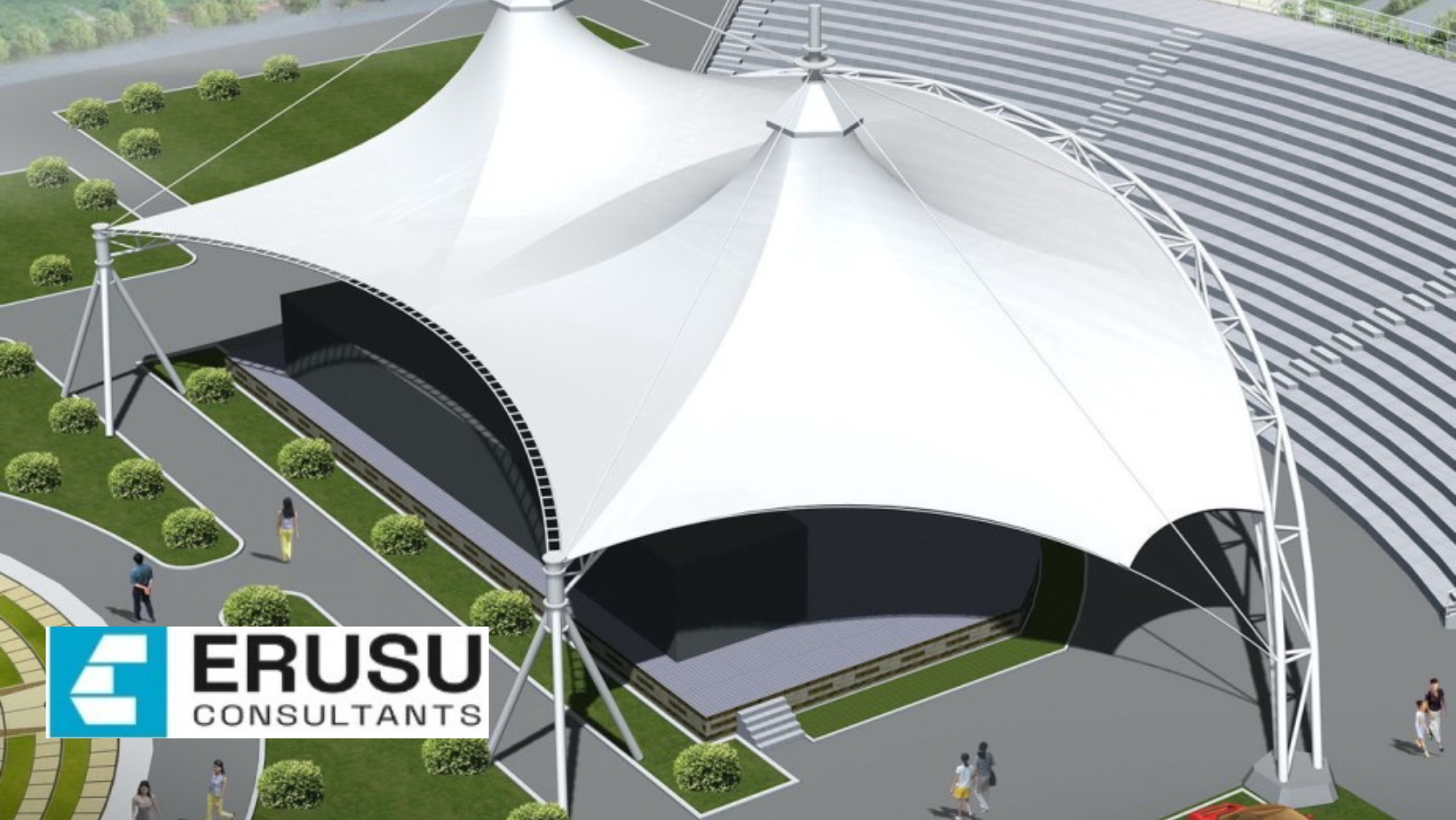Challenges and Triumphs in Lightweight Structural Design
In the ever-evolving landscape of structural engineering, the pursuit of lightweight structures stands as a testament to innovation and efficiency. The quest to create structures that balance strength, durability, and reduced mass presents both challenges and triumphs, shaping the forefront of modern architectural engineering.
1. Overcoming Material Limitations
Lightweight structural design often hinges on the use of advanced materials, such as carbon fiber composites, aluminum alloys, or engineered timber. However, challenges arise in achieving the desired strength-to-weight ratio without compromising structural integrity. Engineers face hurdles in selecting and optimizing materials that can withstand loads while maintaining their lightweight properties.
2. Structural Stability and Durability
Ensuring the stability and longevity of lightweight structures presents a significant challenge. While reducing mass is advantageous, it can impact a structure’s ability to withstand external forces, such as wind or seismic events. Balancing weight reduction with structural robustness remains a critical aspect, requiring meticulous design and analysis to guarantee durability over time.
3. Cost-Effectiveness and Affordability
Incorporating lightweight materials and innovative designs often comes with increased costs, posing a challenge in achieving cost-effective solutions. Finding the balance between advanced materials and economic feasibility is crucial. Engineers strive to develop lightweight structural systems that offer both efficiency and affordability without compromising safety or quality.
4. Engineering Complexities
Designing lightweight structures introduces complexities in engineering practices. From intricate load distribution to addressing vibration and dynamic behavior, engineers must navigate a multitude of technical challenges. Analyzing and predicting the behavior of lightweight materials under various conditions demands advanced computational modeling and simulation tools.
5. Regulatory and Standardization Challenges
The adoption of novel materials and design approaches in lightweight structural engineering often outpaces existing codes and standards. Engineers encounter challenges in aligning innovative designs with established regulations, necessitating collaboration between industry experts and regulatory bodies to ensure safety while accommodating advancements.
Triumphs in Lightweight Structural Design
Despite these challenges, the pursuit of lightweight structural design has yielded remarkable triumphs:
1. Innovation in Material Science
Advancements in material science have led to the development of high-strength, lightweight materials that offer unparalleled performance. Breakthroughs in composite materials and nanotechnology have revolutionized structural engineering, enabling the creation of stronger and lighter structures.
2. Sustainable Solutions
Lightweight structures contribute to sustainability by reducing material usage and transportation costs. Integrating eco-friendly materials and construction methods has led to environmentally conscious designs that minimize the ecological footprint of buildings and infrastructure.
3. Architectural Freedom and Creativity
The quest for lightweight structures has liberated architects and engineers from conventional design constraints. Innovative lightweight designs allow for unprecedented architectural creativity, enabling the realization of bold, unconventional structures that capture the imagination.
4. Advancements in Technology and Analysis
The pursuit of lightweight structural design has propelled advancements in computational tools and analysis techniques. State-of-the-art software and simulation technologies enable engineers to model and optimize complex lightweight structures with greater precision and efficiency.
In conclusion, the journey in lightweight structural design is one of ongoing innovation and adaptation. While challenges persist in material selection, stability, cost, regulations, and engineering complexities, the triumphs in material science, sustainability, architectural freedom, and technological advancements underscore the industry’s resilience and commitment to pushing the boundaries of structural engineering. The future holds promise for further breakthroughs, shaping a world where lightweight structures stand as icons of innovation and sustainability in the built environment.






